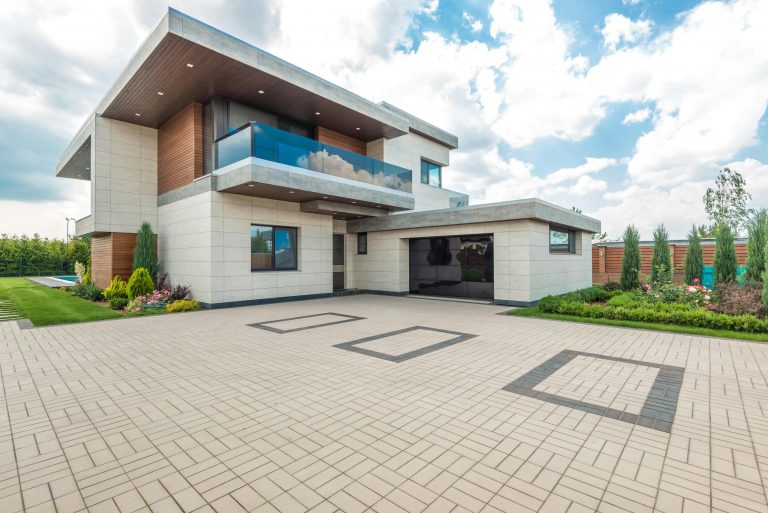


Every homeowner fears the threat of plumbing issues. The slightest pipe leak could lead to a stomach-turning mess and thousands of dollars in repairs. Here are a few practical tips that many people aren’t aware of to prevent plumbing nightmares, and in the worst situation, avoid massive construction costs.
1. Use Mild, Household Products Instead of Harsh Plumbing Chemicals
When your sink takes the entire evening to drain and emits a “hot, festering swamp” smell, it’s easy to find a product from your grocery store’s “drain issues” aisle. However, harsh chemicals like Drano are designed to disintegrate clogs, but also corrode your pipes. While they may be inexpensive, replacing a sewer line to repair the damage they’ve done costs a lot more. They’re a short-term solution with long-term consequences. Instead, put a few tablespoons of baking soda in the drain, and then follow it with a cup of white vinegar. Let that sit for about 5 minutes and then run hot water for 60 seconds. The baking soda and vinegar reaction will oxidize the clogs without harming the pipes, and it has the duel effect of deodorizing at the same time!
2. Prevent Pipes from Freezing
It only takes the temperature dipping to 32 degrees to cause frozen pipes and big drain repair bills. When the weather man says to put an extra layer on, take a few extra minutes turn the faucet on to the slightest drip. Keeping the water moving helps prevent the lines from freezing. Wrap external faucets with a blanket on cold nights to protect them from the elements. Additionally, if you’re going to be away while the weather is frigid, leave the temperature in your home at least above 55 degrees to keep the pipes from freezing.
3. Catch Leaks Early
Even a house with a healthy plumbing system leaks on average 20 to 2000 gallons of water a year! This can be a real DRAIN on a budget. Home repair professionals will tell you having small plumbing leaks repaired can save you up to 10% on your water bill each month. Often times, plumbers will review the condition of your pipes and provide an estimate at no charge.
4. Look into Cured in Place Pipes Rather Than Traditional “Dig and Replace” Methods
Even with the most conscious care to your home’s pipes, sometimes disaster strikes. Fortunately, new technology makes it possible for plumbing contractors to provide services like no dig sewer repair. That means no need to dig a trench through your kitchen to get to your pipes. Utilizing cured in place pipes, plumbers can now fill the current pipes in your house with an epoxy pipe lining, fixing the breakage without having to dig down and pull the pipes out. The cost of cured in place pipes is similar to the cost of the traditional dig and replace method, and avoids the massive cost for excavation and demolition to dig down and get to the old pipes!





